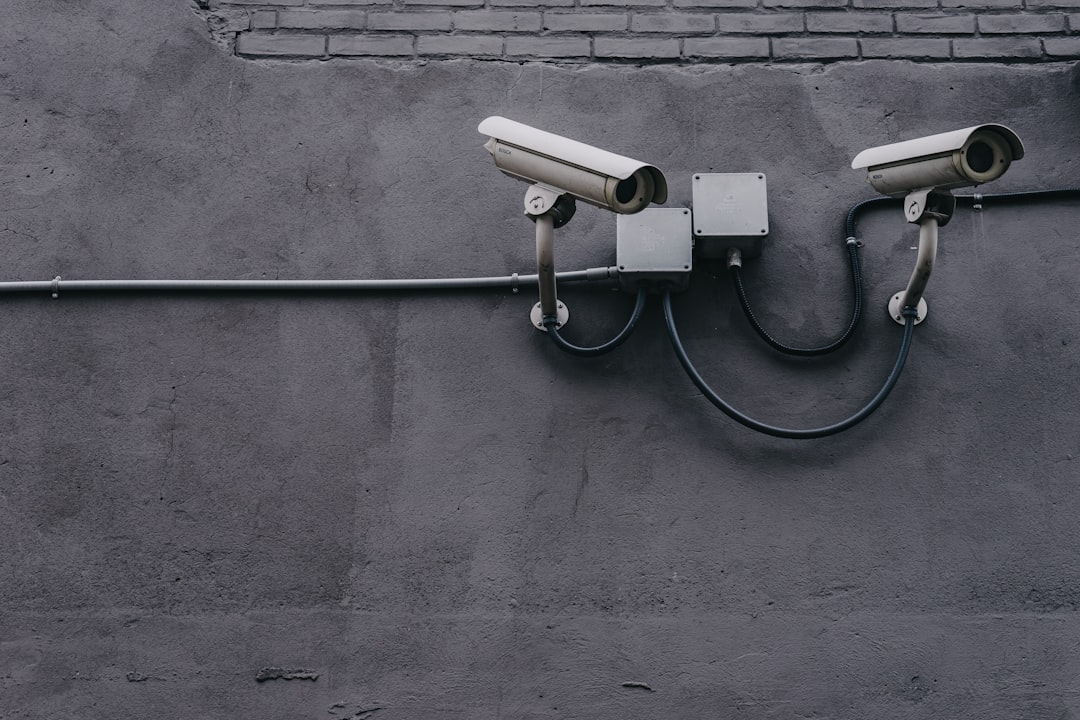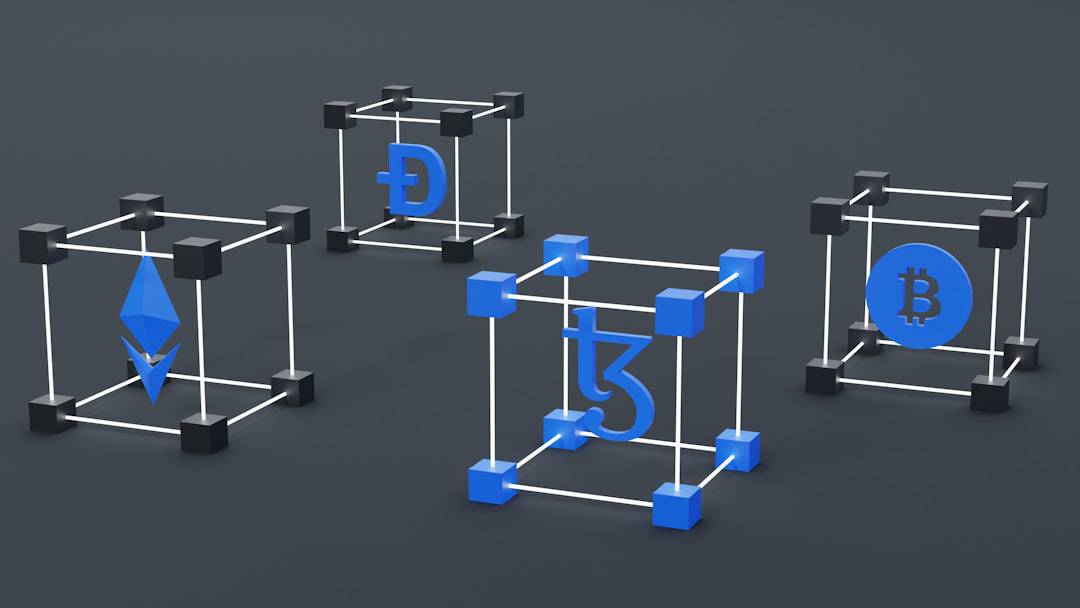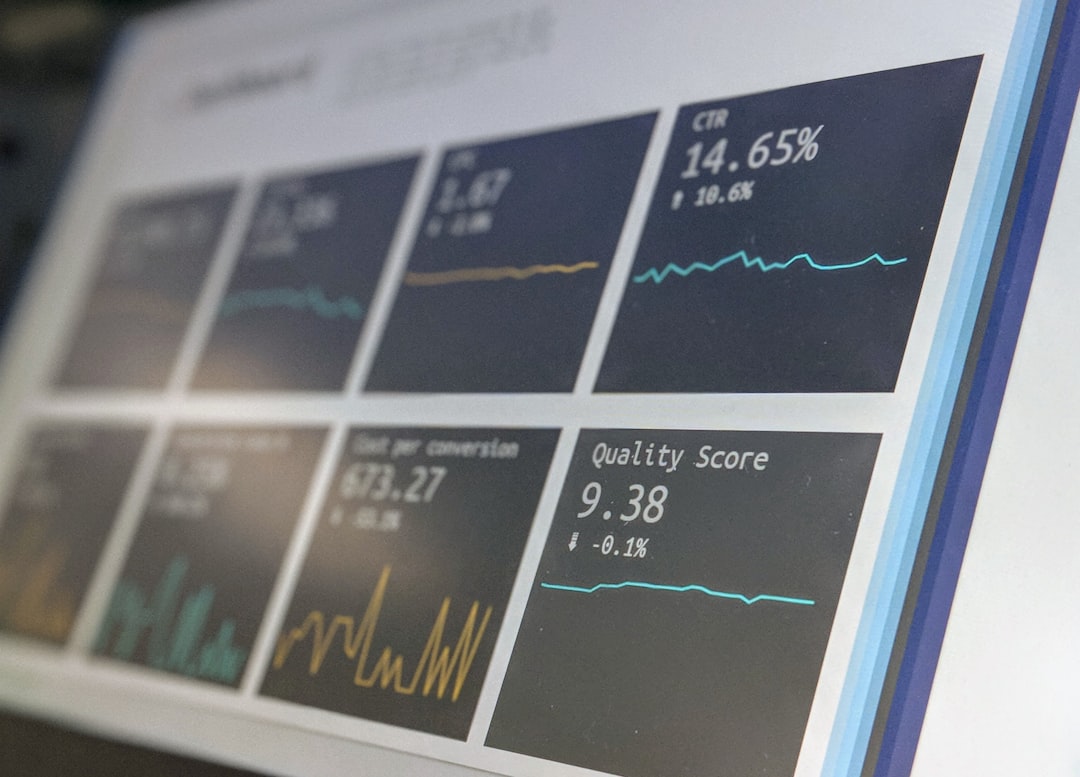In today’s digital landscape, the significance of cybersecurity cannot be overstated. As technology continues to evolve, so do the threats that accompany it. Organizations, regardless of their size or industry, are increasingly becoming targets for cybercriminals who exploit vulnerabilities in systems and networks.
The consequences of a successful cyberattack can be devastating, ranging from financial losses to reputational damage and legal repercussions. Therefore, understanding the importance of cybersecurity is paramount for any organization aiming to protect its assets and mAIntain trust with its stakeholders. Cybersecurity is not merely a technical issue; it is a fundamental aspect of business strategy.
With the rise of remote work and cloud computing, the attack surface has expanded, making it essential for organizations to adopt a proactive approach to security. This involves not only implementing robust security measures but also fostering a culture of awareness among employees. Training staff to recognize potential threats, such as phishing attempts or social engineering tactics, can significantly reduce the risk of breaches.
Ultimately, a comprehensive cybersecurity strategy is vital for safeguarding sensitive data and ensuring business continuity in an increasingly interconnected world.
Key Takeaways
- Cybersecurity is crucial for protecting sensitive data and preventing cyber attacks
- Threat analysis and detection are essential for identifying and mitigating potential security risks
- Effective log management is key for maintaining security and compliance
- Authentication monitoring helps verify the identity of users and prevent unauthorized access
- Rapid7 InsightIDR offers real-time threat detection, streamlined log management, and enhanced authentication monitoring for cybersecurity
Threat Analysis and Detection
Threat analysis and detection are critical components of an effective cybersecurity strategy. Organizations must continuously monitor their environments to identify potential threats before they can cause harm. This involves analyzing various data sources, including network traffic, user behavior, and system logs, to detect anomalies that may indicate a security breach.
Moreover, threat intelligence plays a crucial role in threat analysis. By gathering information about known vulnerabilities, attack vectors, and emerging threats from various sources, organizations can better understand the landscape of cyber risks they face.
In an era where cyber threats are constantly evolving, staying informed about the latest trends and tactics used by cybercriminals is essential for maintaining a robust security posture.
Log Management for Enhanced Security

Log management is an often-overlooked aspect of cybersecurity that can significantly enhance an organization’s security posture. Logs generated by various systems and applications provide valuable insights into user activity, system performance, and potential security incidents. By implementing a comprehensive log management strategy, organizations can collect, analyze, and store logs in a centralized location, making it easier to identify patterns and anomalies that may indicate a security breach.
Effective log management not only aids in threat detection but also plays a crucial role in compliance and auditing processes. Many industries are subject to regulatory requirements that mandate the retention and analysis of logs for security purposes. By maintaining a well-organized log management system, organizations can streamline their compliance efforts while also improving their overall security posture.
Additionally, having access to historical log data allows organizations to conduct thorough investigations in the event of a security incident, enabling them to understand the scope of the breach and implement necessary remediation measures.
Authentication Monitoring for Identity Verification
| Metrics | Value |
|---|---|
| Number of authentication attempts | 1500 |
| Success rate | 95% |
| Failure rate | 5% |
| Number of identity verification requests | 1200 |
| Verification accuracy | 98% |
Authentication monitoring is another vital aspect of cybersecurity that focuses on verifying the identities of users accessing systems and data. As organizations increasingly adopt cloud services and remote work policies, ensuring that only authorized individuals have access to sensitive information has become more challenging. Authentication monitoring involves tracking user login attempts, analyzing access patterns, and identifying any suspicious behavior that may indicate unauthorized access.
By implementing robust authentication monitoring practices, organizations can significantly reduce the risk of identity theft and account compromise. Multi-factor authentication (MFA) is one effective method for enhancing identity verification, as it requires users to provide multiple forms of identification before gaining access to systems. Additionally, continuous monitoring of user behavior can help organizations detect anomalies that may suggest compromised accounts or insider threats.
In an age where cybercriminals are becoming increasingly sophisticated in their tactics, prioritizing authentication monitoring is essential for safeguarding sensitive data.
Leveraging Rapid7 InsightIDR for Cybersecurity
Rapid7 InsightIDR is a powerful tool designed to enhance an organization’s cybersecurity capabilities through advanced threat detection and incident response features. By leveraging machine learning and behavioral analytics, InsightIDR provides real-time visibility into user activity and network traffic, enabling organizations to identify potential threats quickly. The platform’s intuitive interface allows security teams to monitor their environments effectively and respond to incidents with agility.
One of the standout features of InsightIDR is its ability to correlate data from various sources, including logs, endpoints, and cloud services. This holistic approach enables organizations to gain a comprehensive view of their security posture and identify potential vulnerabilities across their entire infrastructure. Additionally, InsightIDR’s automated incident response capabilities streamline the investigation process, allowing security teams to focus on remediation rather than manual data collection and analysis.
By integrating InsightIDR into their cybersecurity strategy, organizations can enhance their overall resilience against cyber threats.
Real-time Threat Detection and Response

Real-time threat detection and response are critical components of modern cybersecurity strategies. In an environment where cyber threats can emerge at any moment, organizations must be equipped to detect and respond to incidents as they occur. This requires a combination of advanced technologies and skilled personnel who can analyze data in real time and take appropriate action when necessary.
Rapid7 InsightIDR excels in this area by providing organizations with real-time visibility into their environments. The platform continuously monitors user activity and network traffic for signs of suspicious behavior or potential breaches. When a threat is detected, InsightIDR can automatically trigger alerts and initiate predefined response protocols, ensuring that security teams can act swiftly to mitigate risks.
This proactive approach not only minimizes the potential impact of cyber incidents but also helps organizations maintain compliance with regulatory requirements by demonstrating their commitment to effective threat management.
Streamlining Log Management with InsightIDR
Streamlining log management is essential for organizations looking to enhance their cybersecurity posture while minimizing operational overhead. Rapid7 InsightIDR simplifies this process by providing a centralized platform for collecting, analyzing, and storing logs from various sources. This unified approach allows security teams to gain valuable insights into user behavior and system performance without the complexity often associated with traditional log management solutions.
With InsightIDR’s powerful analytics capabilities, organizations can quickly identify patterns in log data that may indicate potential security incidents. The platform’s intuitive dashboard provides real-time visibility into log activity, enabling security teams to monitor their environments effectively. Additionally, InsightIDR’s automated log retention policies ensure that organizations maintain compliance with regulatory requirements while reducing the burden of manual log management tasks.
By leveraging InsightIDR for log management, organizations can enhance their overall security posture while freeing up valuable resources for other critical initiatives.
Enhancing Authentication Monitoring with InsightIDR
Enhancing authentication monitoring is crucial for organizations seeking to protect sensitive data from unauthorized access. Rapid7 InsightIDR offers robust authentication monitoring features that enable organizations to track user login attempts and analyze access patterns effectively. By leveraging machine learning algorithms, InsightIDR can identify anomalies in user behavior that may indicate compromised accounts or insider threats.
The platform’s ability to integrate with various identity providers allows organizations to centralize their authentication monitoring efforts seamlessly. This integration ensures that security teams have access to comprehensive data on user activity across all systems and applications. Furthermore, InsightIDR’s automated alerts notify security teams of suspicious login attempts or unusual access patterns in real time, enabling them to respond swiftly to potential threats.
By prioritizing authentication monitoring with InsightIDR, organizations can significantly enhance their identity verification processes and safeguard sensitive information from cybercriminals. In conclusion, as cyber threats continue to evolve in complexity and frequency, organizations must prioritize cybersecurity as an integral part of their operations. By understanding the importance of cybersecurity, conducting thorough threat analysis and detection, implementing effective log management practices, enhancing authentication monitoring, and leveraging advanced tools like Rapid7 InsightIDR, organizations can build a robust defense against cyber threats.
The journey toward improved cybersecurity is ongoing; however, with the right strategies and technologies in place, organizations can navigate the digital landscape with confidence while protecting their valuable assets from malicious actors.
For those interested in cybersecurity and threat analysis, particularly in the context of innovative technologies like the metaverse, a related article worth exploring is “Future Trends and Innovations in the Metaverse Industry: Projections in the Metaverse.” This article, available on Metaversum.it, delves into the evolving security challenges and technological advancements within the metaverse, which are crucial for professionals using tools like Rapid7 InsightIDR. InsightIDR excels in cybersecurity analytics, threat analysis, log management, incident response, and authentication monitoring, all of which are becoming increasingly relevant in new digital realms such as the metaverse. To read more about these future trends and how they might impact cybersecurity strategies, visit Future Trends and Innovations in the Metaverse Industry.
FAQs
What is Rapid7 InsightIDR?
Rapid7 InsightIDR is a cloud-based security information and event management (SIEM) solution that provides cybersecurity analytics, threat detection, log management, incident response, and authentication monitoring.
What are the key features of Rapid7 InsightIDR?
Rapid7 InsightIDR offers features such as log management, user and entity behavior analytics (UEBA), threat detection, incident response, and authentication monitoring. It also provides real-time visibility into an organization’s network and endpoints.
How does Rapid7 InsightIDR help with cybersecurity analytics?
Rapid7 InsightIDR uses advanced analytics and machine learning to detect and respond to security threats in real time. It provides insights into user and entity behavior, as well as the ability to correlate and analyze security events across an organization’s network.
What is the role of Rapid7 InsightIDR in threat analysis?
Rapid7 InsightIDR helps organizations detect and respond to security threats by providing real-time threat detection and alerting. It uses behavior analytics and threat intelligence to identify and prioritize potential security incidents.
How does Rapid7 InsightIDR assist with log management?
Rapid7 InsightIDR collects and centralizes log data from across an organization’s network and endpoints. It provides the ability to search, analyze, and visualize log data to gain insights into security events and potential threats.
What capabilities does Rapid7 InsightIDR offer for incident response?
Rapid7 InsightIDR enables organizations to quickly respond to security incidents by providing real-time visibility into potential threats and the ability to investigate and remediate security incidents.
What is authentication monitoring and how does Rapid7 InsightIDR support it?
Authentication monitoring involves tracking and analyzing user authentication and access to resources. Rapid7 InsightIDR provides visibility into user authentication events and helps organizations detect and respond to unauthorized access attempts.
Is Rapid7 InsightIDR a cloud-based solution?
Yes, Rapid7 InsightIDR is a cloud-based security information and event management (SIEM) solution, which means it is hosted and managed in the cloud by Rapid7.











Leave a Reply